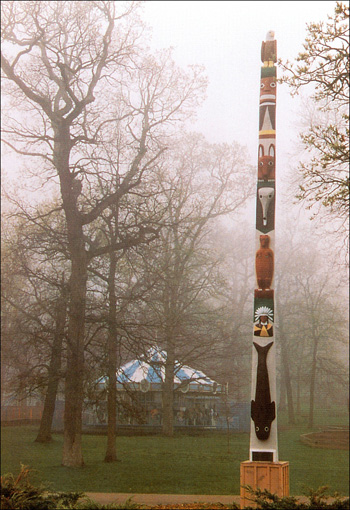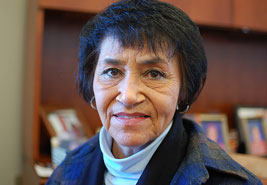By John Upton, Grist
Canada will allow genetically modified salmon eggs to be produced and exported — but no way in hell will the eggs be allowed to hatch on Canadian soil.
The GM salmon was developed by AquaBounty, which blended genetic material from Chinook salmon and from another type of fish called ocean pout into the DNA of Atlantic salmon. That helps accelerate growth rates. The eggs will be produced at a hatchery on Canada’s Prince Edward Island and exported to be hatched at a site in Panama. There, the fish will be fattened up before being exported to the U.S. for sale.
Worries abound that the genetically modified fish will escape and spread their altered genes to wild populations of salmon and trout. And those concerns are weighing on the minds of Canadian officials. From The Guardian:
The decision marked the first time any government had given the go-ahead to commercial scale production involving a GM food animal.
The move clears the way for AquaBounty to scale up production of the salmon at its sites in PEI and Panama in anticipation of eventual approval by American authorities. …
The Canadian government said in its decision that the GM fish presented a high risk to Atlantic salmon, in the event of an escape, and a spokesman was adamant there would be no immediate sale or consumption of GM salmon eggs in Canada.
“There are strict measures in place to prevent the release of this fish into the food chain,” an Environment Canada spokesman said by email. “In Canada, no genetically modified fish or eggs are currently approved for the purposes of human consumption.”
But the limited approval still represents a big win for AquaBounty, which has fought for 20 years to bring GM salmon to American dinner tables.
Many consumers have doubts about genetically modified meat, and leading American grocers have already announced that they will not sell it. Also, each fish will have traversed the continent, traveling from Canada to Panama and back up again to the U.S. before arriving at a plate — and that’s unlikely to prove particularly popular with any GM-friendly locavores, either.













